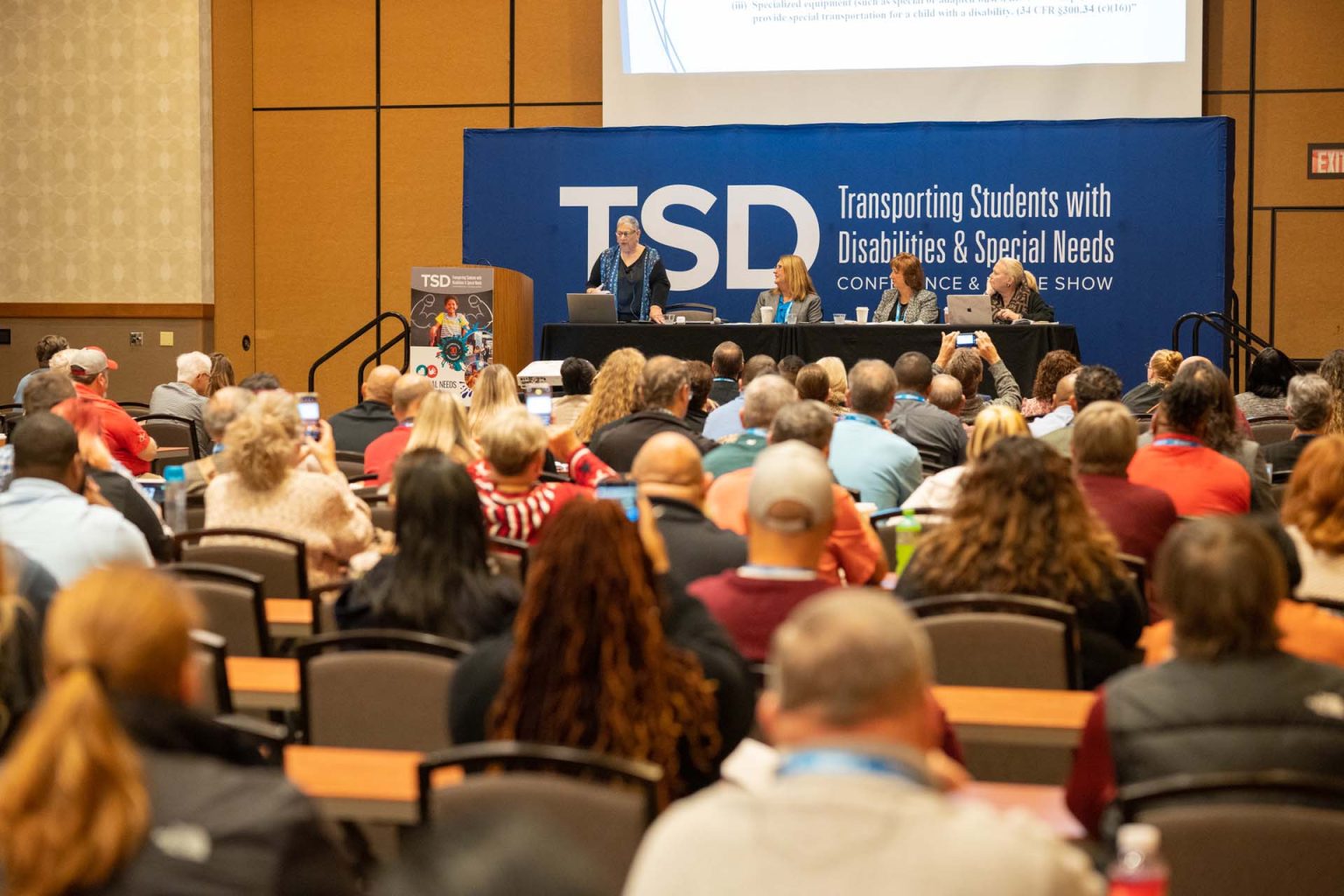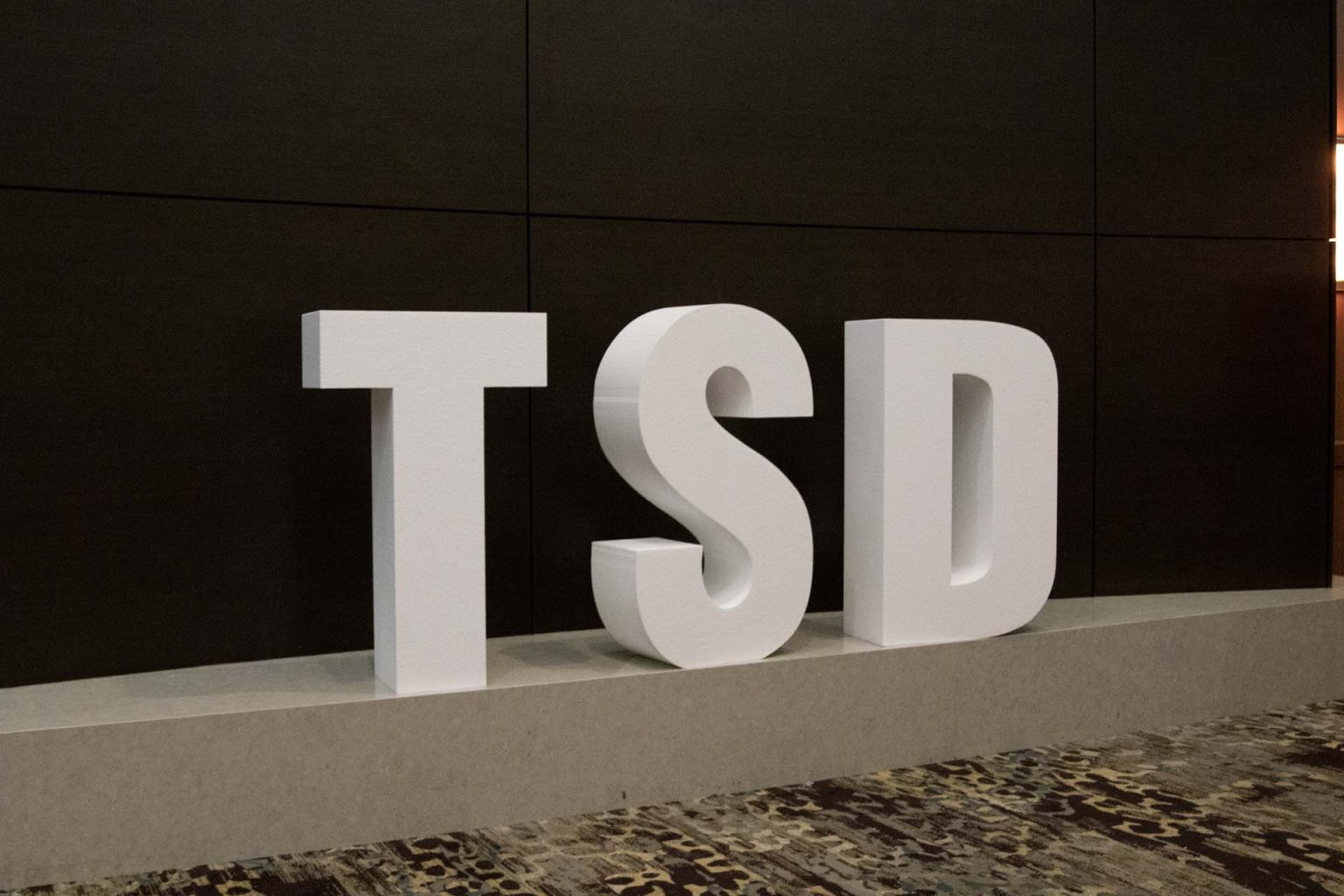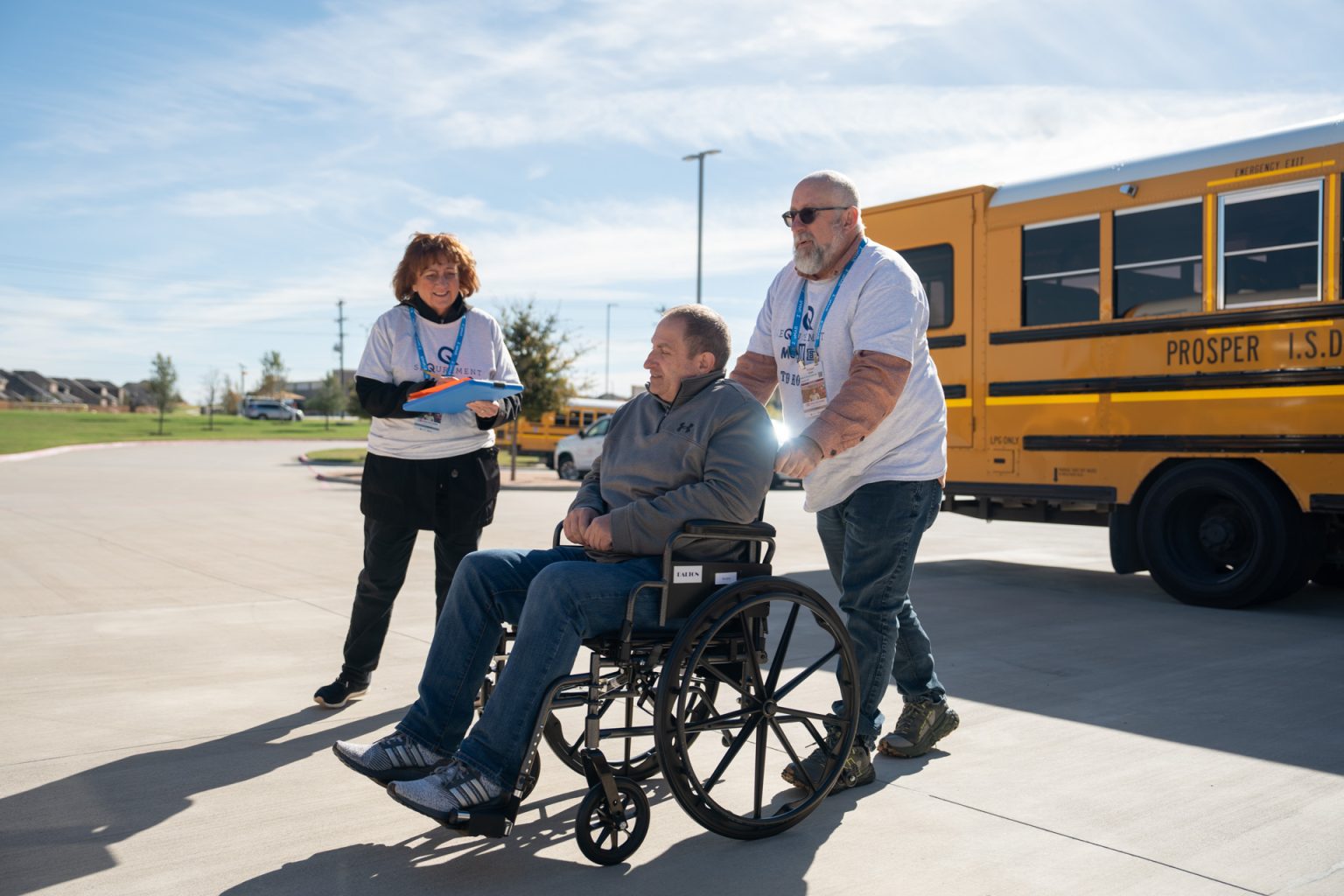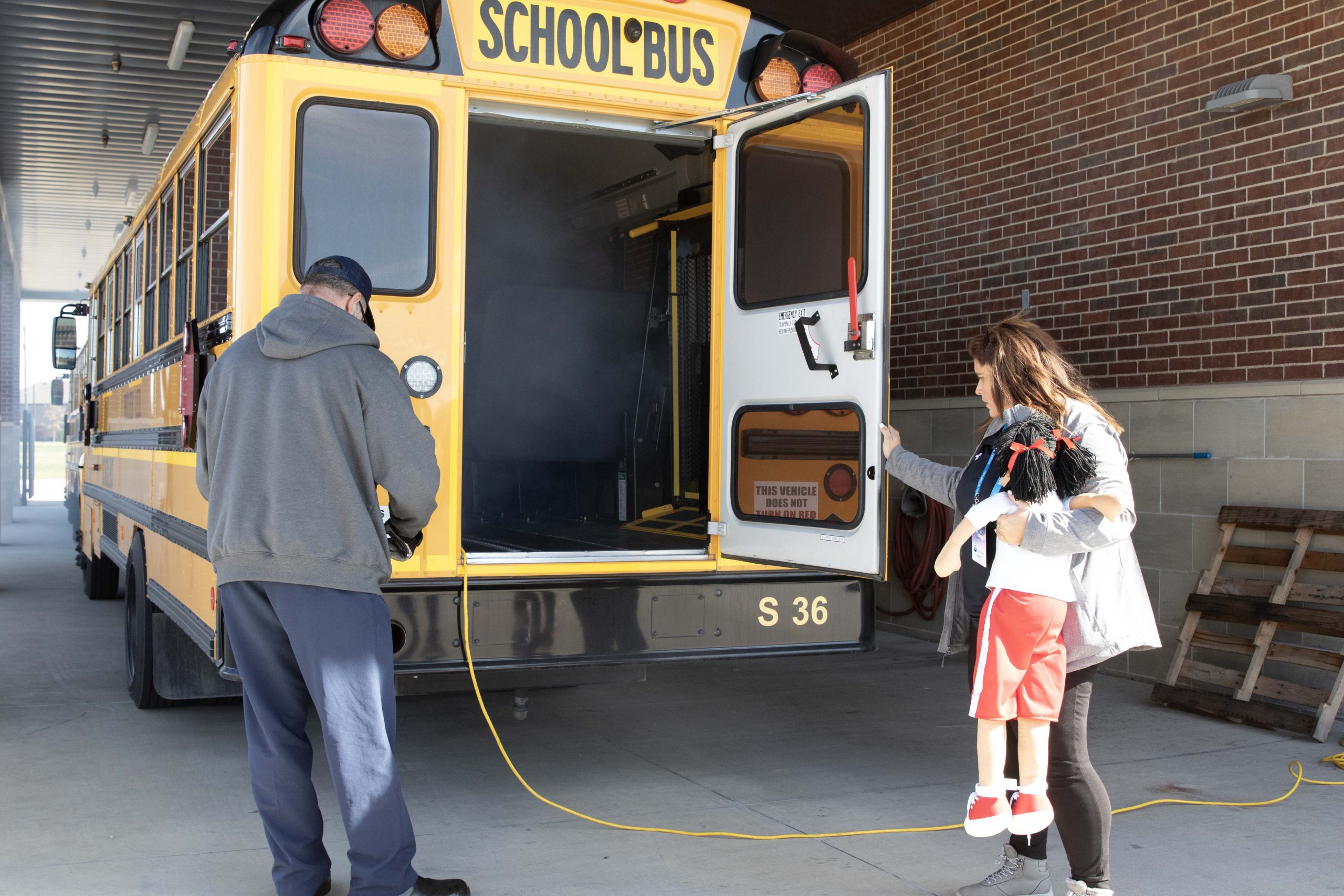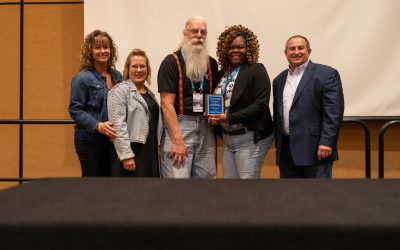As an individual who follows school transportation media regularly, I was shocked to read the detailed reporting on the choking death of Fajr Atiya Williams, a 6-year-old child with severe disabilities, during her school bus ride from home to school in July. Her death was reported by CBS, CNN, Fox, NBC, NJ. Com, the New York Post, and via YouTube, among others. These headlines and content were explicit and shocking. Another industry wake-up call.
Immediately, upon reading the multiple commentaries about Williams’ death, I was reminded about a landmark legal ruling from 2002 that defined the responsibility of school districts and their Individualized Education Program teams to ensure oversight of transportation services for students with disabilities as well as proper training of transportation employees, whether employed by the school district or a contracted transportation provider.
Then, I read a recent newspaper article that recalled the 1999 case of Cynthia Susavage, the little girl with brittle bone disease who died on her school bus in a similar way to Williams, due to the monitor failing to notice that she was suffocating in her harness. The article questioned how could these two dreadful deaths both occur? The horrific loss of these two lives provide a genuine reason to re-visit the current requirements for driver and attendant training, to meet child specific needs, and to be commensurate with school transportation industry best practices.
In 2002, a court ruling issued by Judge James Giles, involving Cynthia Susavage v. Bucks County Schools, Intermediate Unit No. 22, et al., the U.S. District Court, Eastern District of Pennsylvania, faulted in part, the Quakerstown Community School District, the Bucks County Intermediate Unit 22 and Levy Bus Company for the death of Cynthia Susavage occurring on Sept. 25, 1999. Susavage was a young child with significant disabilities. It was stated that the failure to transport her safely contributed to her death. In this case, the driver made several mistakes in putting on Susavage’s child safety restraint system (CSRS). She was placed in her CSRS backward with the zipper against her throat. The failure to adequately train the driver to transport Susavage safely was a contributing factor to her death.
The Morning Call, a daily newspaper in Allentown, Pennsylvania, reported that a settlement had been reached in this case for $3.6 million dollars. The reporting of this case, including the specific verdict details made a considerable impact on school bus transporters nationally. The existence of an award of $3.6 million, in 2002 was a wake-up call to the school transportation industry about the importance of appropriate school transportation driver personnel training, accountability and the potential award of monetary damages if/when something horrific occurs.
The importance of understanding school transportation liability for children with disabilities under the Individuals with Disabilities Education Act (IDEA), Section 504 of the Rehabilitation Act, the Americans with Disabilities Act, and 42 U.S. Code §1983-Civil action for deprivation of rights is essential for transportation personnel, especially for those in leadership positions.
It should be understood by school transporters that there are significant consequences for underestimating the importance of safe transportation practices for children with disabilities. I have spoken with transportation administrators that were unexpectedly naïve about transportation liability as it pertains to their specific job description, especially when they have a responsibility for supervising others for the safe transportation of children with disabilities.
When a school district provides transportation or contracts for transportation with a third party to provide transportation, for a child with a disability who has an IEP, or for a child with a disability, without an IEP, the school district undertakes a duty of care for that child during transportation. A duty of care by a school district, including school transportation, is commonly understood as the duty to protect children from risks of personal injury or harm. Transportation personnel should be fully knowledgeable about liability with respect to them being held accountable for safe transportation.
A comprehensive understanding of allegations regarding negligence and gross negligence is required knowledge. For education purposes negligence is commonly defined as the failure to exercise one’s duty of care that results in injury or loss to another person. This term is also closely connected to the meaning standard of care. Gross negligence is defined as a demonstration of reckless disregard for the safety or lives or others. Connected to this definition is the concept of harm being foreseeable when upholding one’s duty of care.
From the perspective of an expert witness, monetary damage awards can occur when both negligence or gross negligence transpires. The amount of monetary damage awards, most often, is determined by harm or injury to a child with disabilities in relationship to foreseeability of the negligence of the school district. For example, if a child with a disability, unknown to be a runner, darts off of the school bus at the wrong stop, resulting in serious harm to that child, it is more likely that charges of negligence would be filed in a lawsuit than gross negligence. However, if a child with a disability, has a documented and well-known behavior pattern of being a runner, and this information is never shared with the bus driver and the child leaves the bus at the wrong stop, where he is met by a parent daily, and killed by a vehicle, this would more likely result in a lawsuit citing gross negligence.
Specific factors, resulting in liability against school district transportation include: (1) the age of the child with disabilities and need for supervision; (2) the impact of disabilities on safe ridership on a school transportation vehicle; (3) training of the driver and/or attendant to carry out their responsibility for safe transportation; and (4) reasonable measures taken to provide safe transportation to a child with disabilities in accordance with federal and state law and local school district policies and procedures. This list is an over simplification of liability factors.
In summary, it is a school districts responsibility to provide safe transportation to and from school, for children with disabilities. If not, there is a chance of liability because of a failure to implement a legal duty. It is essential to never underestimate how challenging the individual needs of a child can be during transportation.
Editor’s Note: As reprinted in the October 2023 issue of School Transportation News.

